How Local Cycling Clubs Are Changing the Sport
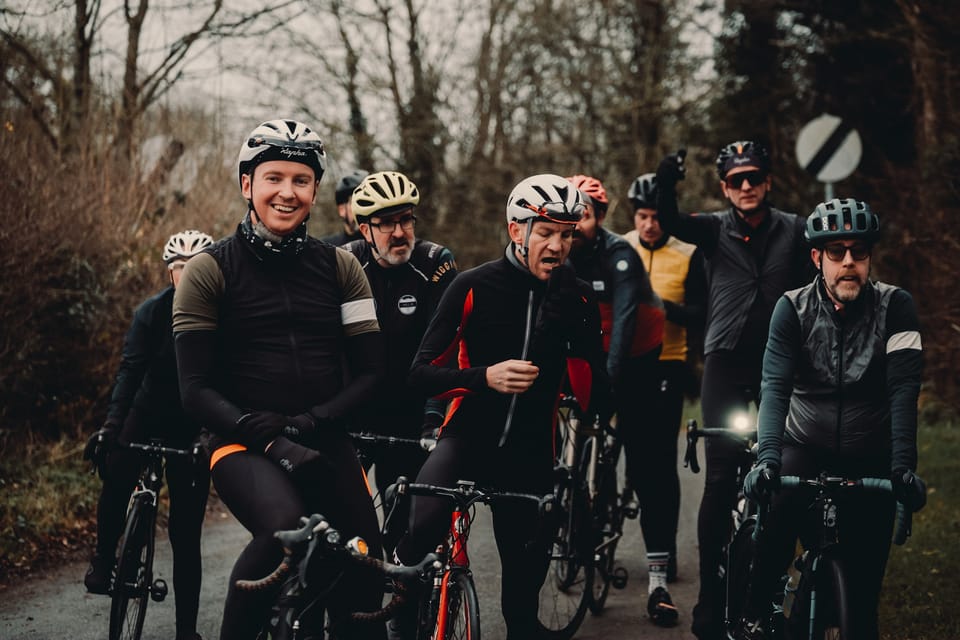
In a time when cycling feels dominated by carbon frames, aero testing, and endless watts-per-kilo debates, it’s easy to forget where most riders actually start. Not in the pro peloton, not on Zwift, but in a local club, somewhere close to home.
The local cycling club isn’t just a relic from the past. It’s still the heartbeat of the sport. And for many of us, it’s where the real love for cycling begins.
Where It All Starts
Most of us didn’t start with a training plan or a coach. We started by joining a group ride. Someone told us about a local club that meets on Sunday mornings, usually from the same café or car park. You turn up nervous, wondering if you’ll be too slow or if your kit will make you stand out. And then something happens.
Someone greets you. Someone asks your name. Before you know it, you’re riding two-abreast, chatting about bikes, routes, or what tyre pressure you run. You forget to be nervous. You start to enjoy it.
That was my story too. When I first got into cycling, I stumbled into a local club almost by accident called "Gorrilla Coffee Cycling Club". I didn’t know anyone. But over time, those rides became the highlight of my week. The people I met weren’t just strong riders, they were mentors, friends, and sometimes, the ones dragging me home when I’d gone too deep on a climb or drank to much after the ride at the cafe...
That’s what clubs do. They take cycling, which can feel intimidating or individualistic, and make it human.
Why Clubs Still Matter
Cycling is often seen as a solitary sport. You vs. the climb. You vs. the wind. You vs. yourself. But at its core, it’s social. Clubs remind us of that.
The local cycling club gives you what no training app or social network can: connection. Real, face-to-face connection. There’s no leaderboard or algorithm involved. Just people who share the same obsession for two wheels.
You learn from others without even realising it—how to descend safely, how to rotate in a paceline, how to read the wind. You pick up tricks about nutrition, recovery, and kit. You find your rhythm. You build trust.
And maybe more importantly, you show up. Because others expect you to. Because you don’t want to be the one who misses out on the Sunday banter or the café stop. That consistency makes you stronger—physically and mentally.
Beyond the Ride
Clubs do far more than organise rides. They build a sense of belonging. When you join one, you’re no longer just “someone who cycles.” You’re part of something.
You start contributing. You help mark out a sportive route. You volunteer at an event. You lead a slower group one week to help newcomers feel what you once felt. That cycle of giving back is what keeps the sport alive.
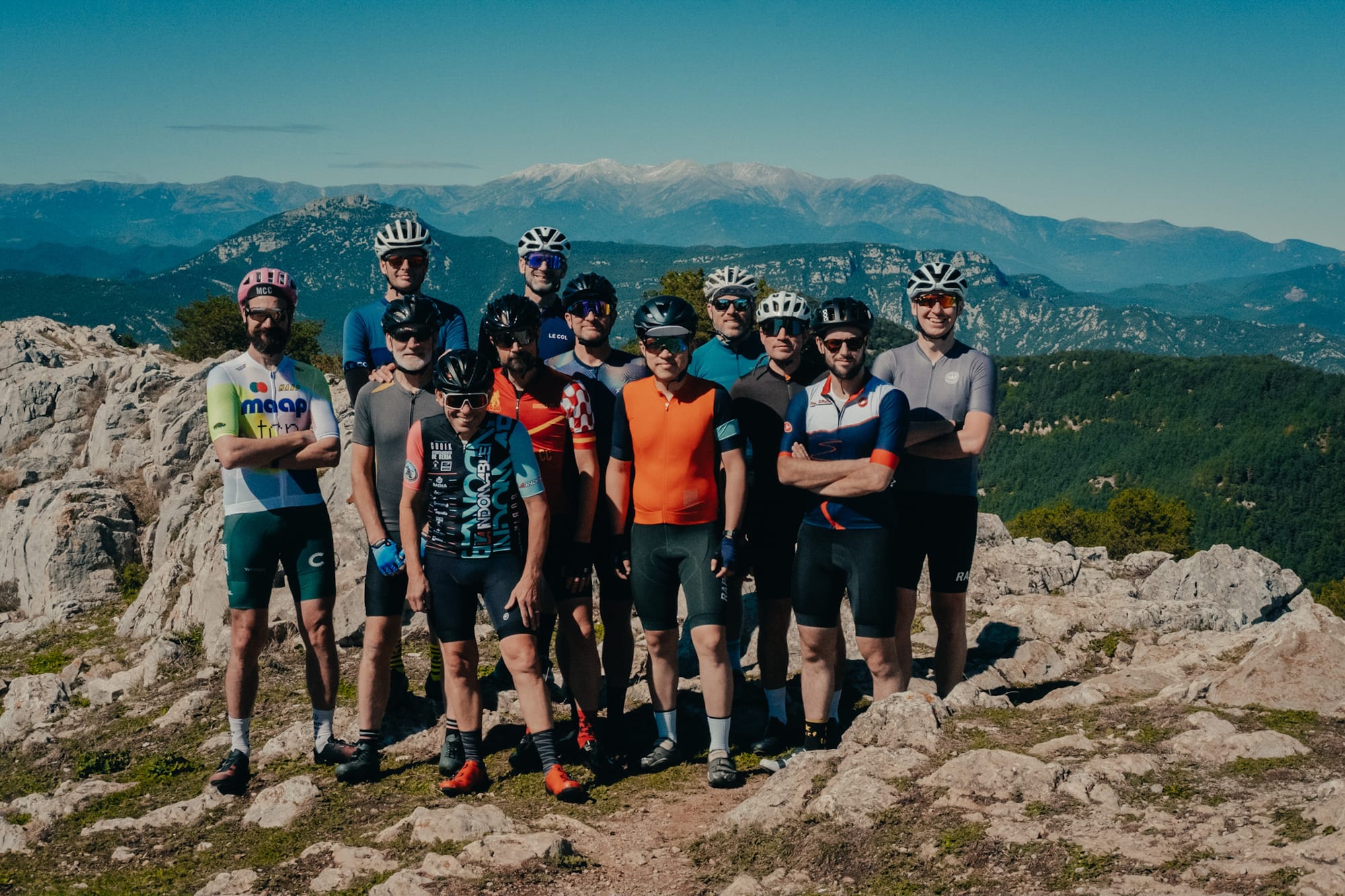
Many clubs are also pushing the culture forward. They’re creating space for everyone—beginners, women, juniors, and riders with disabilities. Some are introducing “no-drop” rides to make sure nobody gets left behind. Others are working with local councils to improve bike lanes or host safety workshops for drivers.
It’s not just about racing anymore. It’s about inclusion, education, and access.
The Social Side of Suffering
If you’ve ever been dropped on a climb, you know the sting. But it’s easier to laugh about it when you’re surrounded by friends who’ve been there too. Cycling clubs turn pain into stories.
That’s part of their magic. You suffer together, and somehow that creates connection. You remember the brutal headwind rides, the mechanicals in the rain, the puncture that took half an hour to fix because no one had a working pump.
These moments build character and camaraderie. They remind you that cycling is not just about being the fastest, but about being part of a group that makes the effort worthwhile.
Where Pros Get Their Start
Many professional riders began exactly where you are. In a local club, learning how to hold a wheel, take a corner, and respect others in a bunch. Clubs have quietly shaped generations of racers, often with volunteer coaches giving up their weekends to guide juniors.
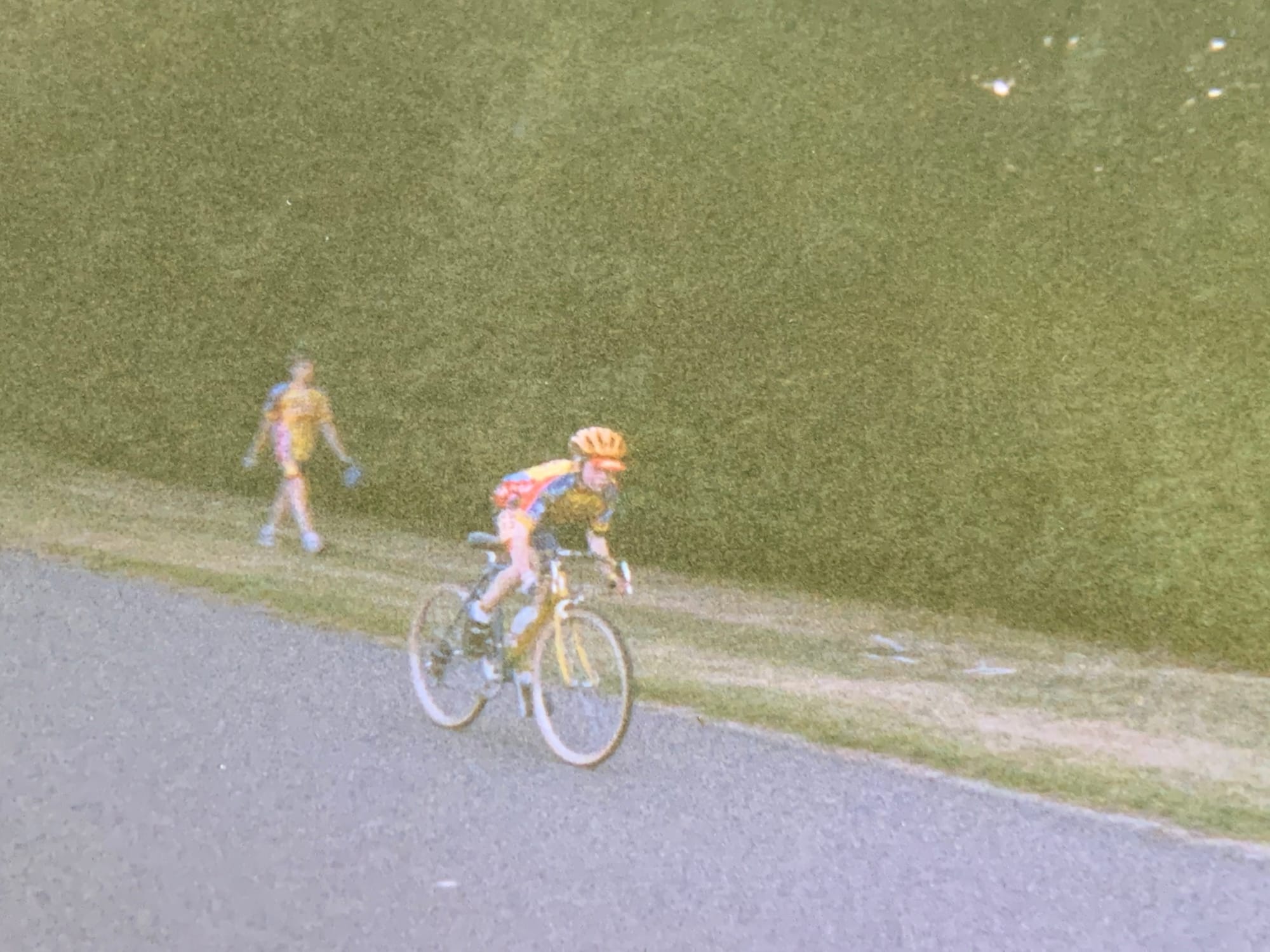
You can trace a surprising number of pros back to small town clubs that spotted potential early. But what matters just as much are the thousands of riders who never turned pro who still found meaning, community, and purpose through their club.
The truth is, cycling needs both. The dreamers chasing the next step and the everyday riders keeping the wheels turning week after week.
The Shift in Modern Cycling
The rise of indoor platforms, fitness apps, and online groups has changed how people ride. You can train alone, compete virtually, and never step outside your door. That has its place, but something is lost when everything becomes digital.
Local clubs keep cycling grounded in the real world. They connect you to your surroundings, your local roads, and your local people. They encourage slower mornings, real conversations, and shared miles.
Many clubs have embraced technology—organising rides through apps, sharing data, planning training blocks. But at their core, they still believe in the same thing: showing up, riding together, and enjoying the simple act of turning pedals.
Keeping the Spirit Alive
If you talk to older members, they’ll tell you stories about how clubs were once the centre of everything training, racing, even social life. Some traditions have faded, but the essence hasn’t.
You’ll still find the same friendly rivalry at the town-sign sprint. The same post-ride coffee rituals. The same debates about tubeless vs. tubes, or which bibs have the best chamois.
These small rituals give cycling its character. They remind us that while the bikes have changed, the people haven’t. We still ride for the same reasons: freedom, connection, and the satisfaction of effort.
Finding Your Place
If you’re new to cycling, joining a club can feel intimidating. You might worry you’ll hold people up, or that you don’t know the unwritten rules. The truth is, everyone started somewhere.
Turn up once. Say hello. Be honest about your level. You’ll be surprised how welcoming most groups are. And if one doesn’t feel right, try another. There’s a club out there that matches your rhythm, your goals, and your idea of fun.
Joining one doesn’t mean giving up solo rides or structured training. It just adds another layer. It gives you balance. It reminds you that cycling isn’t meant to be a lonely pursuit.
Clubs and the Future of the Sport
Cycling is growing fast, but its roots matter. Without local clubs, the sport risks losing its soul. These communities are where values like respect, mentorship, and teamwork are passed down. They keep the sport grounded while everything else around it evolves.
If cycling is to stay accessible, diverse, and connected, clubs will play a huge role. They’ll be the ones teaching safe riding habits, advocating for better roads, and inspiring the next generation to pick up a bike.
Every café stop, every puncture, every shared climb contributes to something bigger the culture that keeps cycling alive.
Why It Still Matters
When I think back to my early days on the bike, I remember the feeling of being part of something. The early mornings, the laughter at the café, the quiet moments rolling through the countryside.
It wasn’t about power meters or performance. It was about people. About being surrounded by others who understood why we wake up early, put on Lycra, and ride until our legs ache.
That’s the real beauty of local cycling clubs. They bring people together. They make the sport more human.
So if you’ve been riding solo for a while, or if you’re just getting started, go find your local club. You might join for the training, but you’ll stay for the people.
And somewhere between the hills, the coffee stops, and the shared stories, you’ll realise that cycling—at its best—isn’t about competition or gear. It’s about connection.
That’s what keeps us riding.
FAQ: How to Find a Local Cycling Club
1. How do I start looking for a cycling club near me?
Search online for “cycling club + your town” or check community boards at local bike shops and cafés. Strava and Facebook groups are also great places to start.
2. What should I look for in a club?
Check the pace and ride types they offer, the distance of rides, and their approach to newcomers. Some clubs are racing-focused, while others are social or leisure-oriented.
3. Do I need a specific kind of bike?
Most clubs welcome road bikes, but some also run gravel or MTB rides. It’s best to check before your first ride to make sure your setup fits the group.
4. What’s the usual cost to join?
Many clubs charge a small annual fee that covers insurance, event access, or club kit. Others operate informally and are free to join.
5. What if I’m not very fast?
Don’t worry. Most clubs have different groups by speed or offer “no-drop” rides where no one is left behind.
6. Can I try a ride before joining?
Yes. Most clubs let you join a few rides before you decide. It’s the best way to see if the group fits your style and schedule.
7. What should I bring to my first ride?
A spare tube, tyre levers, mini pump or CO₂, snacks, and a full water bottle. Make sure your bike is in good condition and your lights work if riding early or late.
8. How can I stay updated once I join?
Most clubs use WhatsApp, Strava, or email newsletters to share weekly routes, meet times, and updates.
9. Are there women-only or beginner-friendly clubs?
Yes. Many clubs now run dedicated women’s or beginner rides to help new riders feel more comfortable.
10. What’s the best part of joining a local club?
The people. The shared miles, stories, and motivation are what make you keep showing up—and what make cycling feel like a community, not just a sport.

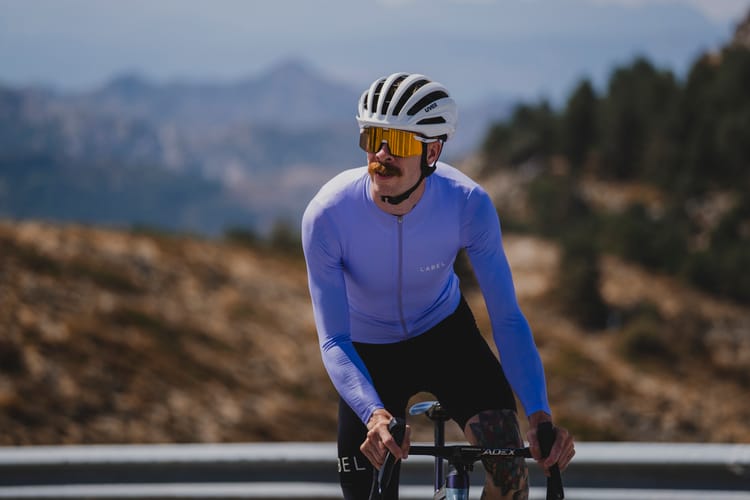
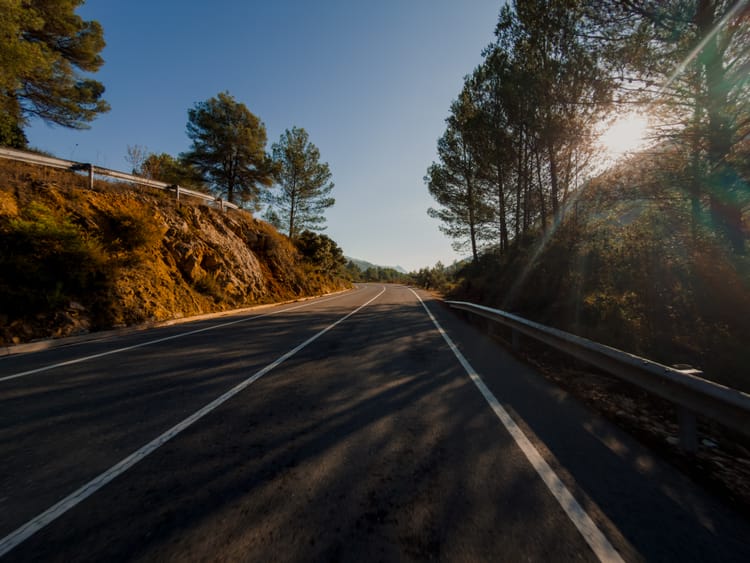
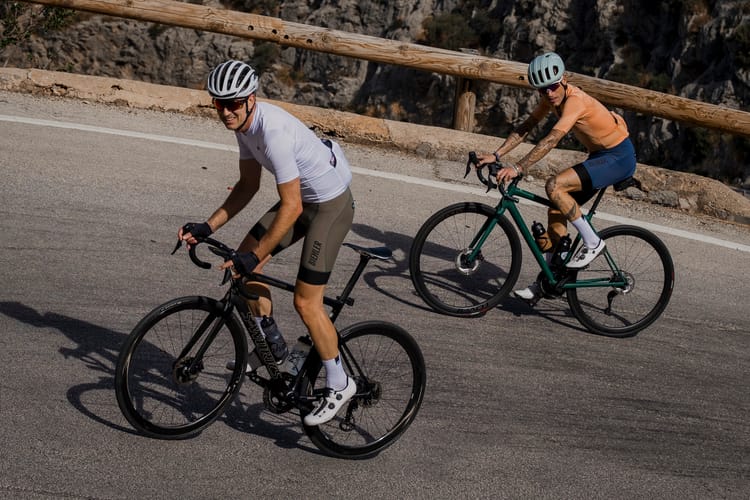
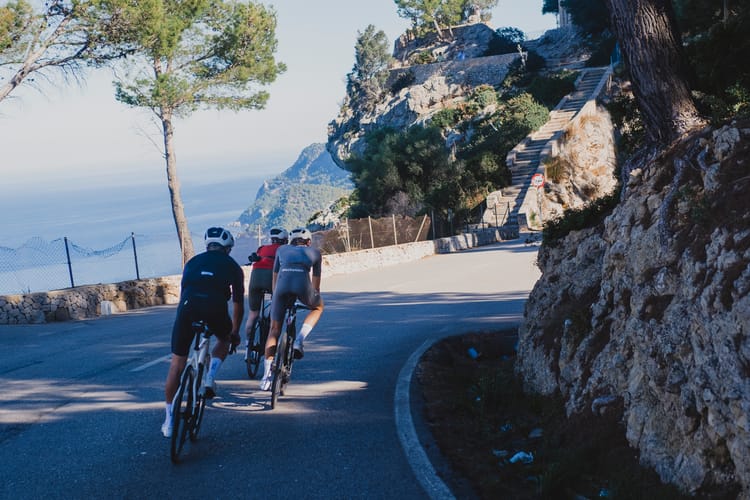
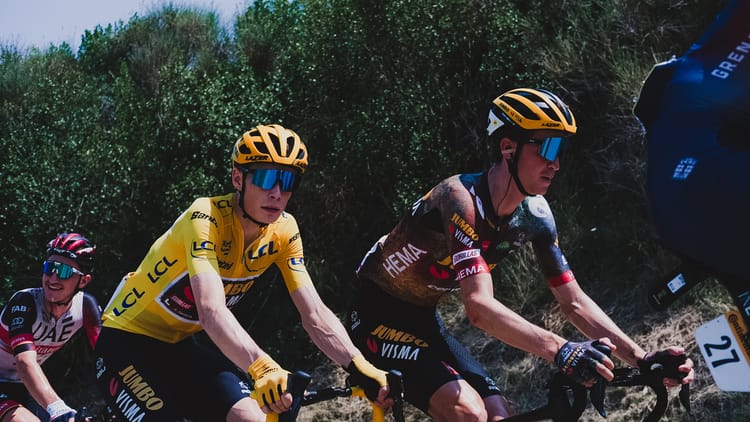
Member discussion